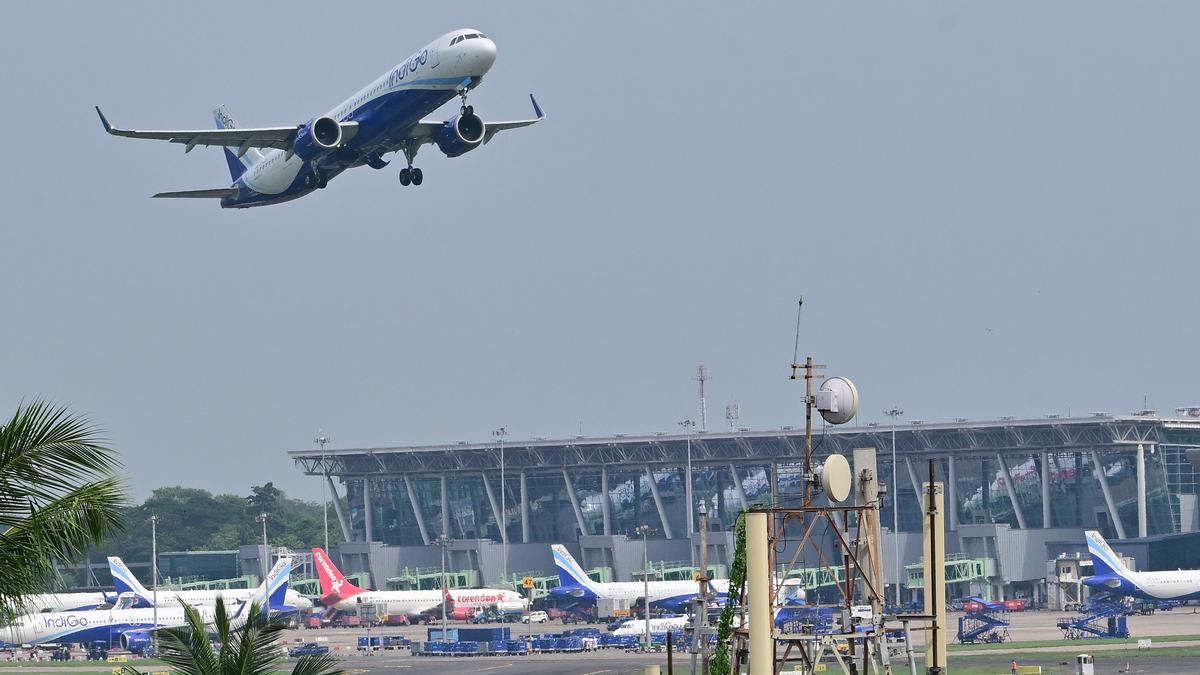
Ponds on Madras Race Club premises may increase incidence of bird strikes, says AAI
The Hindu
Creation of ponds at Madras Race Club may increase bird strikes at the airport, raising concerns for flight safety.
With the work to create four ponds in Madras Race Club under way, the Airports Authority of India (AAI) has highlighted that this could increase the incidence of bird strikes at the airport and was a cause for concern.
The Greater Chennai Corporation (GCC) has said the main aim was to store and recharge groundwater, and each of the four ponds would have a storage capacity of 0.8 million cubic feet under the Disaster Management Act, 2005. The work is in progress and is likely to be completed in the next three weeks.
Officials of AAI said they planned to write to the State government highlighting the issue soon. “These ponds are in the flight approach path and may attract birds. At the Guindy-end of the main runway (25 side of the runway), we may witness bird strikes in the future. We will send a letter shortly stating the issues it can cause for flight movement,” an official said.
They said it could impact both departure and arrival flight movements that happen at the Guindy-end of the runway, he added.
“These birds could fly at lower altitudes, and if they come in flocks, it could be dangerous for an aircraft,” another official said. While most bird strikes take place below an altitude of 2,500 feet, on rare occasions, they can happen even as high as over 20,000 feet too.
GCC Commissioner J. Kumaragurubaran said there were already three water-retaining structures inside Madras Race Club, and what they were creating now were only more such structures. Acknowledging that massive waterbodies could attract birds, he added: “The entire 162 acres is not to be converted into a waterbody, but possibly only 4 to 5 acres will be used as water-holding structures. Further, the existing structure created by the club had not attracted any biodiversity. Hence, there was no need for an environmental study to confirm that the new structures will bring in birds. If the AAI writes to us, we will respond to it addressing their concerns.”
S. Balachandran, former deputy director, Bombay Natural History Society, said there was a possibility of birds visiting these waterbodies. “Every pond may not attract birds, and it depends on the depth of the waterbody. If it is too deep then there may not be very many birds. Whereas if it is shallow, the chances of bird movement may be higher. It may take a couple of years for the ecosystem to form, and then, we can see a spike in bird movement, especially migratory and local birds that fly at lower altitudes,” he said.













